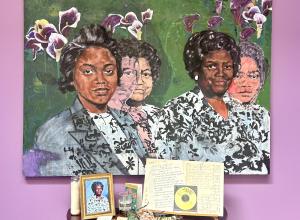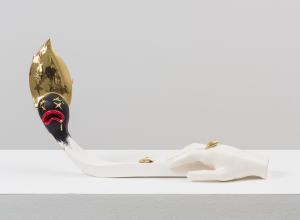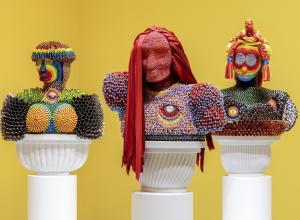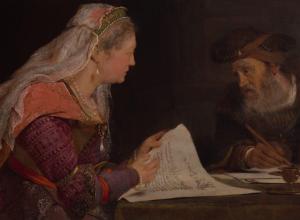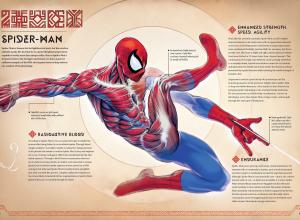Internationally renowned Ugandan multidisciplinary artist Acaye Kerunen combines storytelling, writing, acting, and activism in her performances and installations. Kerunen collaborated with Collin Sekajugo on the Uganda Pavilion’s inaugural installation at the 2022 Venice Biennale, for which they received the Special Mention award for Best National Participation.
Art News
Pharaoh Hatshepsut (Hat-shep-soot) (c. 1505–1458 BC), who ruled Egypt over 3,500 years ago, commissioned art and architecture as a part of her leadership strategy. She was the wife of Pharaoh Thutmose II who ironically had fallen to the wayside of history due to the greater visibility of his more illustrious father, Thutmose I, and Hatshepsut. History rarely favors the wives of famous men.
Throughout history, cultures and artists have faced upheavals and catastrophes and reflected them through their work. Here we look at ten great works of art created in uncertain times.
These eight artists bent the rules when branding themselves. Although they worked across two centuries, all chose to adopt their mother’s family names instead of abiding by the traditional patriarchy, and—quite often—made the change at a point when they were making breakthroughs in the studio.
While Rembrandt and Vermeer remain perhaps the most famous painters of the era, there are a plentitude of other Dutch Golden Age artists worth remembering.
This past Friday, the Trump administration issued a proposal to eradicate numerous arts-centered agencies from the federal budget. These “small agency eliminations” include the National Endowment for the Arts (NEA), the National Endowment for the Humanities (NEH), and the Institute of Museum and Library Services.
The first Haitian female artist to exhibit at the Metropolitan Museum of Art–with her remarkable paper dress sculpture, Justice of Ezili–conceptual artist Fabiola Jean-Louis (b. 1978) captures viewers’ attention with her Afro Surrealist creations.
If one symbol represents love, power, royalty, beauty, sensuality, and mysticism–it is the rose. This slide show will focus on the prominence of roses in Western art from the first millennium BCE to the twenty-first century CE.
Renowned for his large, site-specific Plexus installations, which use sewing thread to emulate refracted light, Mexico City-born artist Gabriel Dawe (1973) works with various media–including textiles, video, watercolor, and collage.
In both comical and calamitous fashion, it was recently revealed that a valuable silkscreen print by Andy Warhol was accidentally thrown into the garbage at a town hall in the Dutch municipality of Maashorst.


![DEl Kathryn Barton [Australian b. 1972] the more than human love , 2025 Acrylic on French linen 78 3/4 x 137 3/4 inches 200 x 350 cm Framed dimensions: 79 7/8 x 139 inches 203 x 353 cm](/sites/default/files/styles/category_card_187x139/public/ab15211bartonthe-more-human-lovelg.jpg?itok=LJbNuU6F)

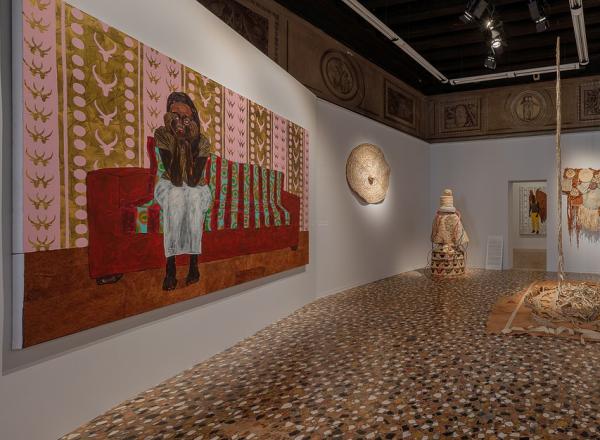
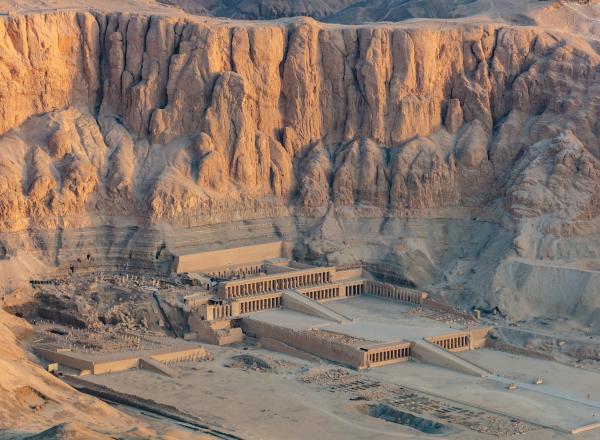
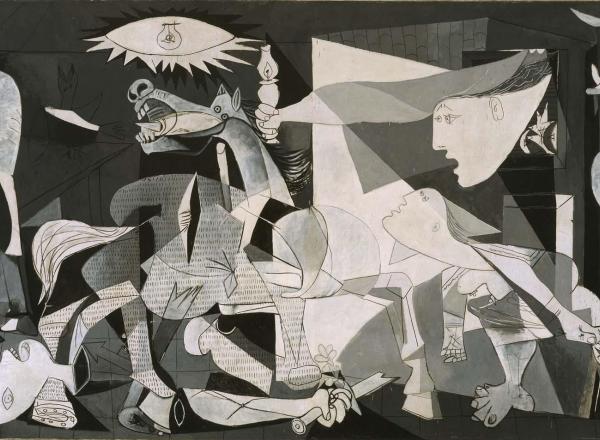
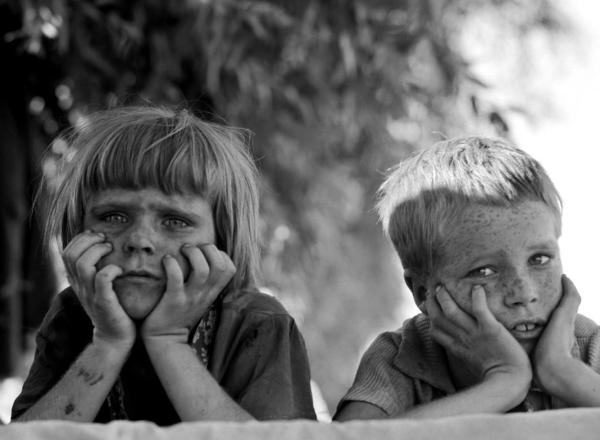
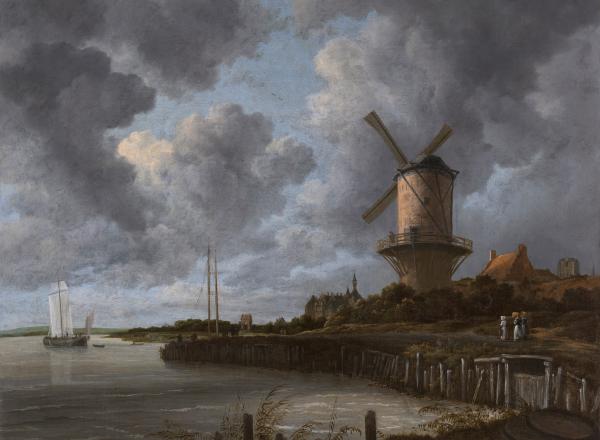
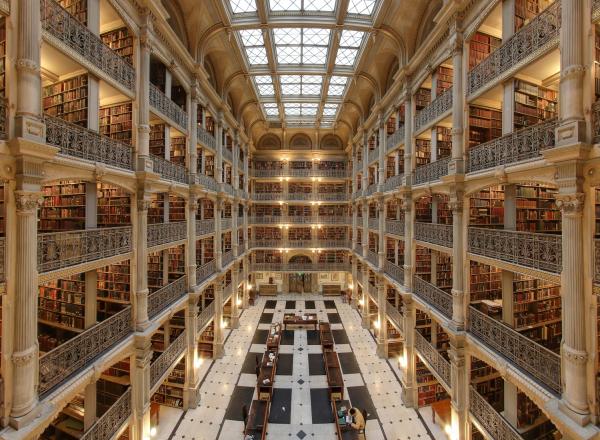
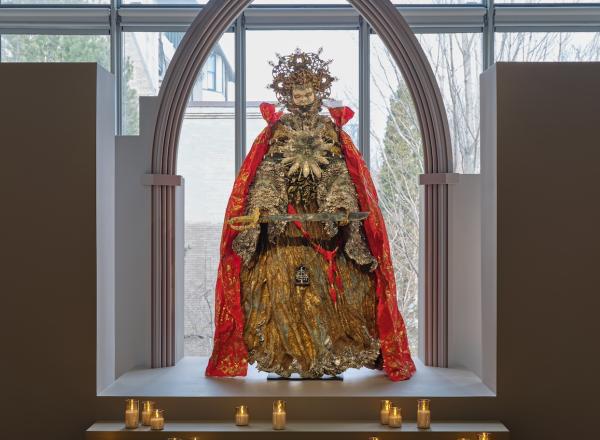
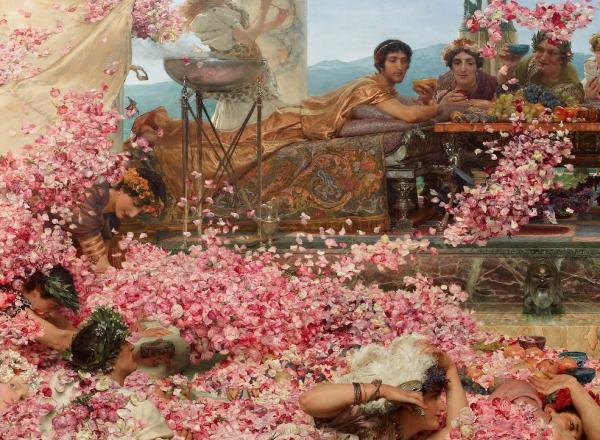
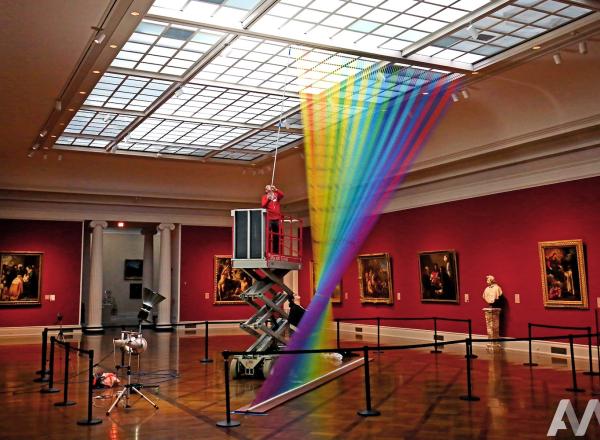
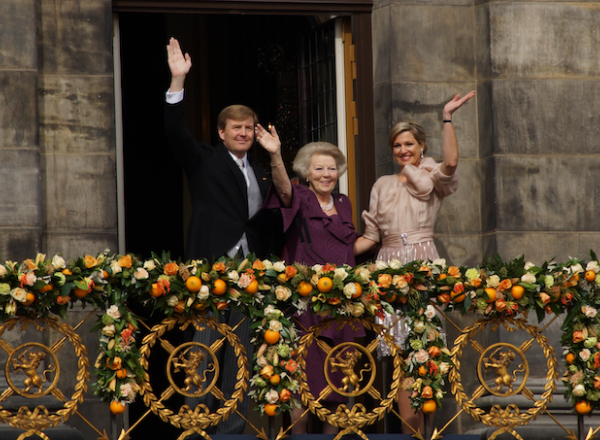

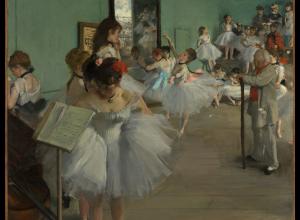

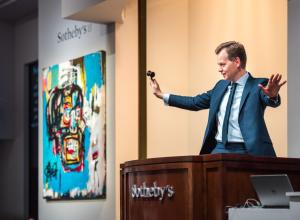
![DEl Kathryn Barton [Australian b. 1972] the more than human love , 2025 Acrylic on French linen 78 3/4 x 137 3/4 inches 200 x 350 cm Framed dimensions: 79 7/8 x 139 inches 203 x 353 cm](https://www.artandobject.com/sites/default/files/styles/image_5_column/public/ab15211bartonthe-more-human-lovelg.jpg?itok=wW_Qrve3)

